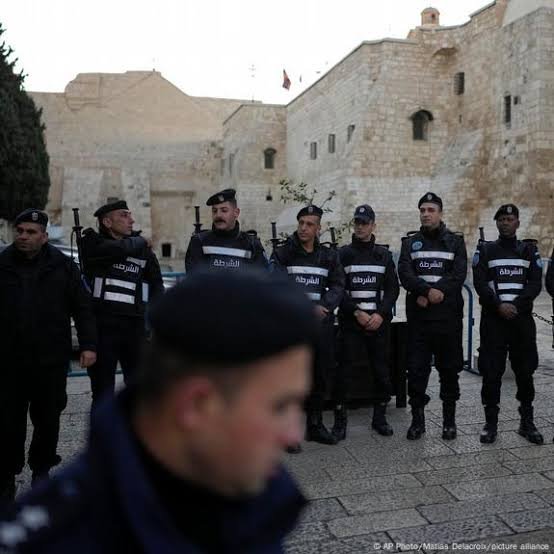Photo credit: Reuters
As Sierra Leone is trying to overcome its economic problems, thousands of unemployed young adults have turned to psychoactive drugs as an alternative to fill their days. Many of them are using “kush”, a derivative of cannabis mixed with synthetic drugs like fentanyl and tramadol and chemicals like formaldehyde.
Trash-strewn alleys are lined up with boys and young men slumped in addiction. Healthcare services are limited in the country which is one of the poorest nations. A frustrated community has drawn up what it calls a treatment center, run by volunteers.
The project in the Bombay suburb of the capital, Freetown, started last year when a group of people tried to help a colleague’s younger brother off kush. After persuasion and threats failed, they locked him in his room for two months. It worked. He has since returned to university and thanked them for setting him free.
The volunteers then expanded the effort and took over an abandoned building. They seize people at the family’s request and sometimes chain them to prevent them from escaping.
So far, the community has treated between 70 and 80 people, according to the volunteers.
The kush crisis is part of a growing trend of substance abuse across Africa, particularly among the youth.
Abass Wurie, a biomedical scientist in Freetown said, “People are addicted to escape. They are addicted to leaving this realm to somewhere else. (Kush) is just a symptom…we’ve ended up with a lot of people who just don’t want to be awake. The day is too long to not have anything to do.”
President Julius Maada Bio has declared a war on kush, calling it an epidemic and a national threat. He has launched a task force on drug and drug abuse. His government has clamped down on multiple-use substances like acetone, the active ingredients in nail polish, and formaldehyde which are used in the drug, desperate users began digging up graves to crush the bones of the deceased embalmed with formalin.
President Bio said, “The deterioration and alarming mortality of our young people due to the addictive use of kush is no longer acceptable.”
A government-backed analysis discovered that kush mainly refers to a synthetic drug containing nitazenes, synthetic opioids, which can be 100 times more potent than heroin.
Other analyses found kush to be a drug made from a cocktail of marijuana and substances including MDMA (ecstasy), other opioids like fentanyl, amphetamine, sleeping pills, analgesics and adhesives like glue.
Kush’s heady mix is rolled and smoked. Users say it makes them happy and calm but cannot eat or sleep without using it. Users often experience severe weight loss and develop open sores while shying away from help and becoming increasingly volatile. It causes physical injuries and mental problems caused by kush epidemic.
Sierra Leone’s only psychiatric hospital had an increase of 1,000 per cent increase in drug abuse-linked admissions between 2020 and 2022, according to Foday Sahr who is the coordinator of a new government task force on substance abuse.
The health minister, Austin Demby said a noticeable increase of “unclaimed dead bodies (of drug users) showing up in marketplaces and hospital morgues made us realize there was something going on that we needed to pay close attention to”.
Ernest Fornah who is an unemployed university graduate and a father of one, has been surviving on odd jobs. He turned to kush to occupy his mind and make the days shorter. He smokes four times daily. He has tried to quit but has grown dependent on the drug, the lure of the high and the withdrawal symptoms make it exceedingly difficult to quit.
He said, “These drugs are killing us.”
Sierra Leone is not the only country fighting a surge in recreational drug use on the continent. Nyope, a mix of low-grade heroin cut with marijuana, cleaning chemicals, rat poison and other harmful substances is popular in the cities of South Africa. Nigeria and parts of north Africa suffer bouts of tramadol abuse. In Malawi, a dangerous home brewed cocktail is prevalent.
In Sierra Leone, there is a government-funded rehabilitation center, which occupies a small wing of a military base. In addition to medical care and counseling, the recovering addicts spend their time playing sports and card games and receive lectures from drug addiction experts from the drug enforcement agency.
However, the facility is only able to house 120 recovering addicts.
Sources: Financial Times and AP







